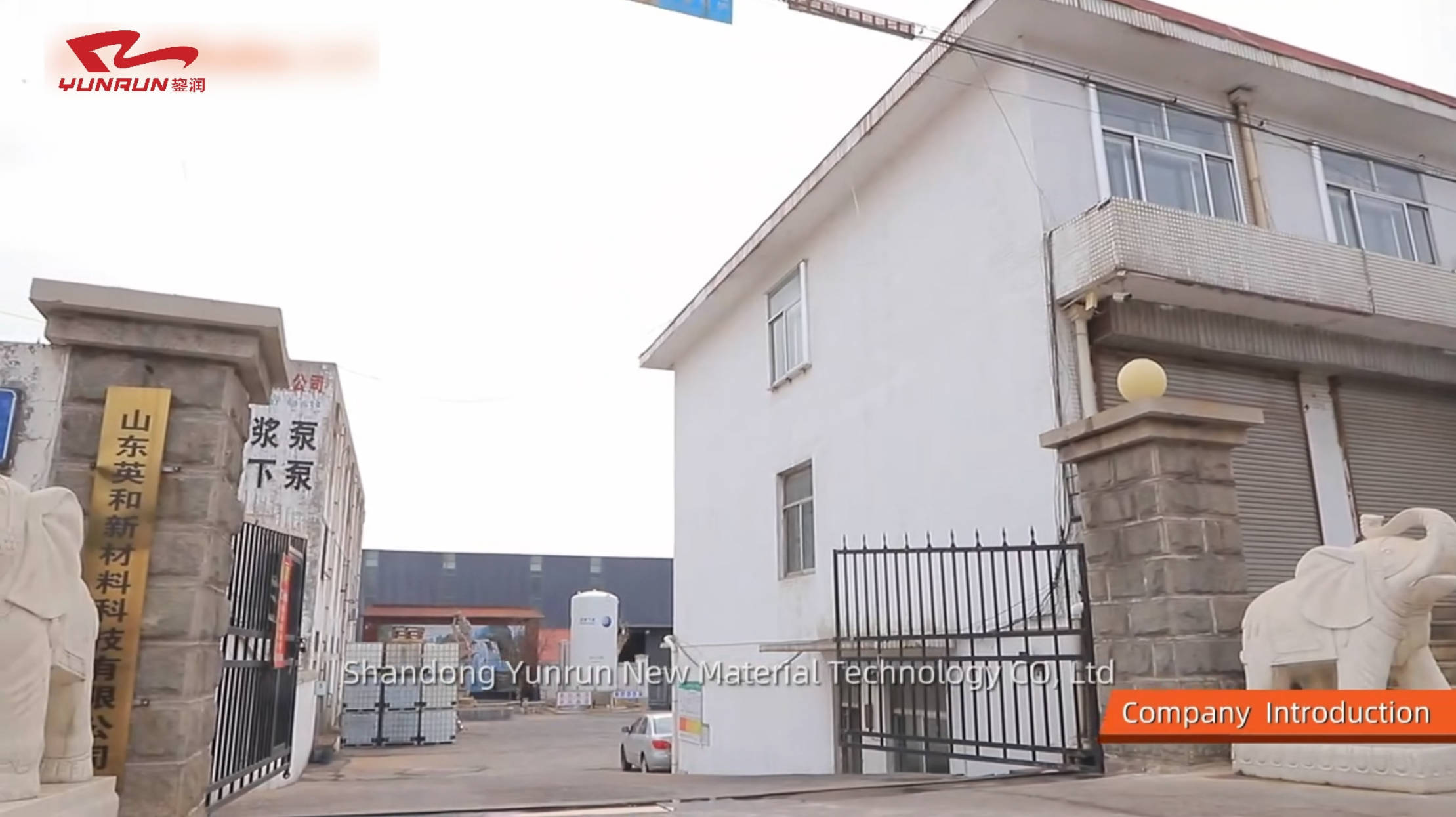Understanding Low Modulus Polyurethane Sealants: Properties and Applications
Low modulus polyurethane sealants are specialized adhesives that exhibit a unique combination of flexibility and strength, making them ideal for a variety of applications in the chemical and adhesive sectors. Their low modulus refers to their ability to deform easily under stress while maintaining their integrity, which is a critical property for applications that experience movement or expansion.
Aug 11,2025
Low modulus polyurethane sealants are specialized adhesives that exhibit a unique combination of flexibility and strength, making them ideal for a variety of applications in the chemical and adhesive sectors. Their low modulus refers to their ability to deform easily under stress while maintaining their integrity, which is a critical property for applications that experience movement or expansion.
One of the primary benefits of low modulus polyurethane sealants is their excellent adhesion to a wide range of substrates, including metals, plastics, and concrete. This versatility allows these sealants to be used in diverse settings, from construction and automotive industries to aerospace applications. The ability to bond effectively with different materials ensures that they provide a reliable and durable seal, which is paramount in preventing leaks and protecting structures from environmental factors.
The chemical composition of low modulus polyurethane sealants typically includes isocyanates and polyols, which contribute to their superior elasticity and durability. This formulation not only allows for movement accommodation but also provides resistance to aging, UV light, and moisture. Such properties make them particularly valuable in outdoor applications where exposure to varying weather conditions can compromise the effectiveness of less resilient sealants.
In addition to their mechanical properties, low modulus polyurethane sealants also offer significant sound and thermal insulation benefits. Their ability to absorb vibrations and dampen noise makes them an excellent choice for applications in buildings and vehicles where comfort and sound control are essential. Furthermore, these sealants can help improve energy efficiency by providing a tight seal that minimizes air leaks.
When employing low modulus polyurethane sealants, it is crucial to consider the application technique and curing conditions, as these factors can greatly influence the performance of the sealant. Proper surface preparation, including cleaning and priming, ensures optimal adhesion. Additionally, understanding the curing time and conditions is vital, as it affects the sealant's final properties and its ability to withstand environmental stresses.
Overall, low modulus polyurethane sealants are an invaluable asset in the field of adhesives, offering flexibility, durability, and excellent adhesion properties. Their broad range of applications makes them suitable for industries where reliability and performance are non-negotiable. By understanding the characteristics and proper usage of these sealants, professionals can make informed decisions that enhance the integrity and longevity of their projects.
One of the primary benefits of low modulus polyurethane sealants is their excellent adhesion to a wide range of substrates, including metals, plastics, and concrete. This versatility allows these sealants to be used in diverse settings, from construction and automotive industries to aerospace applications. The ability to bond effectively with different materials ensures that they provide a reliable and durable seal, which is paramount in preventing leaks and protecting structures from environmental factors.
The chemical composition of low modulus polyurethane sealants typically includes isocyanates and polyols, which contribute to their superior elasticity and durability. This formulation not only allows for movement accommodation but also provides resistance to aging, UV light, and moisture. Such properties make them particularly valuable in outdoor applications where exposure to varying weather conditions can compromise the effectiveness of less resilient sealants.
In addition to their mechanical properties, low modulus polyurethane sealants also offer significant sound and thermal insulation benefits. Their ability to absorb vibrations and dampen noise makes them an excellent choice for applications in buildings and vehicles where comfort and sound control are essential. Furthermore, these sealants can help improve energy efficiency by providing a tight seal that minimizes air leaks.
When employing low modulus polyurethane sealants, it is crucial to consider the application technique and curing conditions, as these factors can greatly influence the performance of the sealant. Proper surface preparation, including cleaning and priming, ensures optimal adhesion. Additionally, understanding the curing time and conditions is vital, as it affects the sealant's final properties and its ability to withstand environmental stresses.
Overall, low modulus polyurethane sealants are an invaluable asset in the field of adhesives, offering flexibility, durability, and excellent adhesion properties. Their broad range of applications makes them suitable for industries where reliability and performance are non-negotiable. By understanding the characteristics and proper usage of these sealants, professionals can make informed decisions that enhance the integrity and longevity of their projects.




